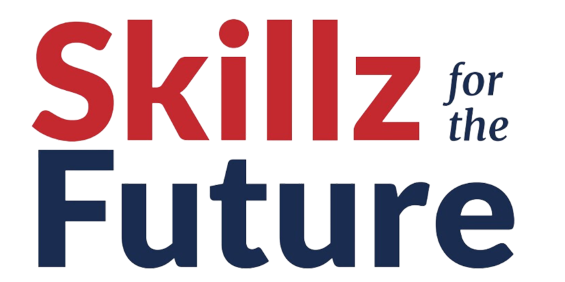Most individuals naturally shy away from conflict and challenging situations, seeking to avoid discomfort and potential stress. It’s common for people to postpone communicating something they perceive as controversial or negative, allowing the issue to linger.
For instance, a manager might delay informing an employee about subpar performance, or someone might procrastinate having a challenging conversation with their partner involving financial or emotional concerns. Avoidance of these difficult discussions may provide short-term relief from anxiety, but the long-term consequences often involve frustration, guilt, decreased self confidence, and heightened stress.
By following practical guidelines and employing well-honed communication skills, navigating difficult conversations becomes a more manageable endeavour.
Two distinct types of difficult conversations exist: planned and unplanned.
Planned conversations involve thoughtful consideration, with specific times, places, and circumstances arranged intentionally. Examples include requesting a pay raise from an employer or informing parents about a decision to move out. Though inherently challenging, these conversations are controlled, and preparation can significantly ease the process.
On the other hand, unplanned conversations unfold spontaneously, often fuelled by emotions like anger, which may escalate to aggression. Post such unplanned interactions, individuals might experience a surge of emotions, whether positive or negative. Reflecting on these experiences is crucial, extracting lessons for future unplanned difficult conversations.
Certain professions necessitate handling difficult communication professionally, emphasising empathy, tact, discretion, and clarity. Examples include politicians communicating public failures, healthcare professionals delivering unfavourable diagnoses, law enforcement officers sharing unfortunate news with crime victims, and managers addressing underperformance or organisational challenges.
Regardless of one’s profession, the ability to communicate difficult information effectively is an essential employability skill. Employers often seek examples of this skill during job interviews or professional development assessments.
The perceived difficulty of communication often stems from emotion and change.
Emotion: Rather than labelling emotions as positive or negative, it’s more constructive to view them as appropriate or inappropriate responses to situations. Acknowledging one’s emotional reactions and learning to control them, if necessary, is crucial. Similarly, when conveying information that may evoke emotions in others, anticipating their reactions helps tailor the communication appropriately.
Change: Difficult conversations frequently involve some form of change, such as shifts in job responsibilities, financial circumstances, or relationships. Embracing change positively and recognising potential opportunities can significantly contribute to one’s well-being, minimising stress and anxiety.
Balancing the communication of challenging information with sensitivity requires a nuanced skill set encompassing firmness and gentleness.
1. Information Gathering: Ensure that all relevant facts are known and anticipate potential questions or concerns. Properly preparing for the conversation enhances confidence and clarity.
2. Being Assertive: Express yourself assertively, maintaining your stance throughout the conversation. Avoid changing your position unless compelling reasons emerge.
3. Being Empathic: Consider the other person’s perspective, acknowledging and validating their emotions. Provide time for questions and comments, fostering a more empathetic exchange.
4. Being Prepared to Negotiate: Many difficult situations involve negotiation. Strive for a win-win outcome, where all parties can derive some benefit.
5. Using Appropriate Verbal and Non-Verbal Language: Communicate clearly without using jargon, maintain eye contact, and adopt relaxed body language. Avoid confrontational language or gestures.
6. Listen Actively: Stay focused and calm, actively listening to the views and feelings of others. Utilise clarification and reflection techniques to demonstrate attentive listening.
7. Staying Calm and Focused: Maintain composure by taking deep breaths, fostering a calm atmosphere that encourages others to remain composed. Stay focused on the conversation’s purpose, avoiding deviations or distractions.
In conclusion, difficult conversations are inevitable in both personal and professional life. Developing the skills to navigate these conversations with finesse and sensitivity is a valuable asset, fostering healthier relationships and contributing to personal and career growth.
